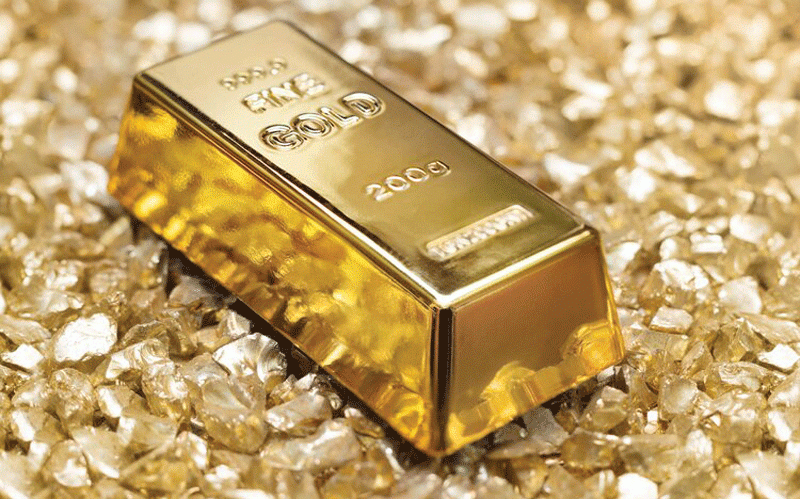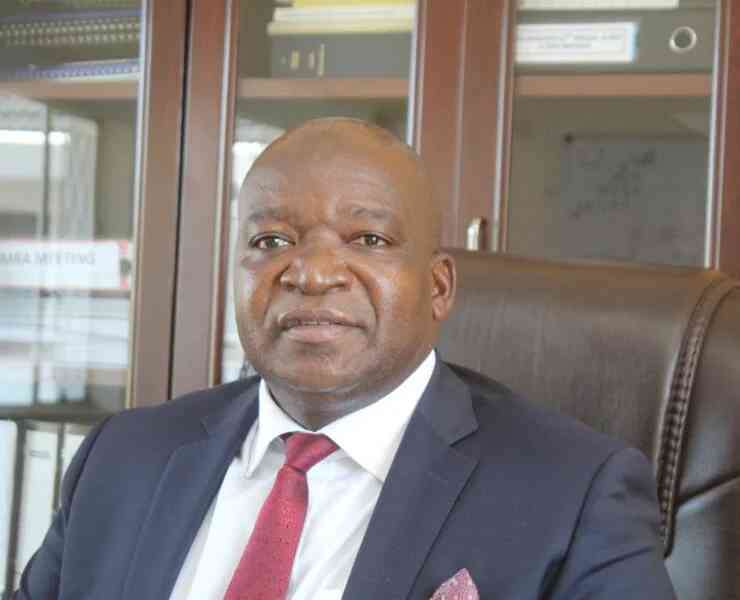
ZIMBABWE is pushing to transform its mining industry into a US$12 billion sector before the end of this year.
There is an interesting mix of minerals on which this target is being projected, including chrome, gold, platinum group metals (PGMs), among others.
Gold is expected to contribute US$4 billion, platinum US$3 billion; chrome, Iron and steel US$1 billion, diamonds US$1 billion, coal US$1 billion, lithium US$500 million and other minerals US$1,5 billion.
But, with the current hurdles besetting the sector including a worsening power crisis, high tariffs, high taxes, and weaker commodity prices, the vision might be difficult to attain.
Weaker commodity prices have already claimed the scalp of one of the biggest platinum projects in the country. Tharisa, a mining concern developing an open-pit PGMs asset in Zimbabwe, announced last week that it would delay the commissioning of its US$391 million Karo Platinum mining project by a year, owing to weaker international mineral prices.
“Given the current PGM basket price weakness and uncertain global economic outlook, we have taken the measured decision to extend the Karo Platinum timeline out to commissioning by June 2025,” Tharisa chief executive officer Phoevos Pouroulis Pouroulis said in a shareholder update.
The project is projected to produce 194 000 ounces of platinum annually.
It is one of the projects expected to make the US$12 billion mining industry a reality.
- Mines propose fresh power import deal
- Motorist robbed while relieving self
- Mines propose fresh power import deal
- Zimbabwe deals help China tighten African lithium grip
Keep Reading
The Chamber of Mines of Zimbabwe (CoMZ), an association representing the interests of big mining companies, rang alarm bells a week ago over weaker mineral prices, saying they were weighing down the viability of mining projects in the sector.
The chamber reported that over the past 12 months, the mining industry had witnessed softening of prices for most key minerals, with rhodium down 74%, lithium (-69%), palladium (-41%), diamond (-60%) and nickel (-8%) the most affected.
Apart from weaker mineral prices, the sector is battling to forestall a fresh wave of bankruptcies provoked by steep increases in statutory obligations and hefty power tariffs, which have rocketed by 40% in the past eleven months.
This shows that the industry is in dire straits, hence unable to operate optimally. The upheavals roiling mines have been so deep that unsettled officials at the Ministry of Mines and Mining Development had to convince the cabinet to slash power tariffs for mines by US$0,2 cents per kilowatt hour (kwh).
This would reduce the price, which lies at the heart of headwinds confronting mines, to about US$0,10,21 cents/kwh, from the current US$0,12,21 cents/kwh.
But just as the ministry conveyed the bold cabinet decision, executives said they were served with a Zesa Holdings letter, notifying that it has applied for a fresh hike of up to 4%, taking the tariff to about US$0,14,21 cents/kwh.
Thomas Gono, president of the CoMZ, confirmed that mines were on the ropes.
“This (power prices) one is a big issue because tariffs impact negatively on the operations of mining companies,” Gono told our sister paper, Zimbabwe Independent last week.
A statement by CoMZ indicated that the prices were coming down at a time the cost structure for the mining industry has increased, propped up by high electricity.
“The situation has been compounded by recent increases in royalty for platinum and lithium. Also in the past eleven months, royalty for platinum was increased by 180% from 2,5% to 5% while that for lithium was increased by 150%, from 2% to 5%,” the statement reads in part.
“The above challenges have severely weighed down on the viability of mining projects with affected mining companies reporting that their overall cost has increased by more than 10%.
“While mining companies have tried to reduce their costs through various strategies including cutting back on capital expenditure and optimising their businesses, the viability gap is so huge that only with government intervention in the form of electricity tariff and royalty reduction can viability be restored.”
Freda Rebecca Gold Mine managing director Patrick Maseva-Shayawabaya told Standardbusiness that “like most mines, the bulk of Freda’s inputs are imported and the few that are locally available, are now in the main, priced in United States dollar (USD).”
“Therefore, the 75% export earnings that are received in USD are not enough to meet the company’s USD requirements which we now estimate to be at least 90% of export earnings. The company has continued to suffer unscheduled power outages mostly due to old and unreliable Zesa infrastructure.”
In the financial year to March 31, 2023, Maseva-Shayawabaya said the company lost over 6 000 ounces in gold production due to power outages.
“Although the frequency of outages has been lower in the current financial year thus far, we expect that to change when the rainy season starts when generally infrastructure breakdowns are most frequent,” he said.
The MD said the cost of electricity is also quite high at nearly 13 cents per KWh and is paid 100% in greenback. He also said Freda has in the past 12 months lost many mining, mechanical and electrical engineers as well as geologists, in whom the company had invested many years of training and exposure.
“They emigrated for a variety of reasons including the generally difficult economic environment prevailing in the country.
“Thousands of artisanal miners carry out illegal mining on the company’s lease area. Efforts to keep them away have largely failed. The artisanal miners have caused immense environmental degradation within the lease area.”
Economist Stevenson Dhlamini said the government should consider reviewing and adjusting the statutory obligations imposed on mining companies. This could involve reducing taxes, fees, and levies to alleviate the financial burden on mining companies and improve their profitability, he said.
“The high cost of electricity is a significant challenge for the mining industry. The government should engage with power utility companies to negotiate more affordable power tariffs for mining companies. This would help reduce operational costs and improve the industry’s competitiveness,” he said.
Dhlamini also said Zimbabwe should explore opportunities to diversify its export markets for minerals. Relying on a single market can make the industry vulnerable to fluctuations in commodity prices, he warned.
By expanding into new markets, the industry can reduce its dependence on a single buyer and mitigate the impact of price drops. He said improving infrastructure, such as roads, railways, and ports, is crucial for the mining industry’s growth.
“Adequate infrastructure facilitates the transportation of minerals and reduces logistical challenges. The government should prioritise infrastructure development projects to support the mining sector.
“Encouraging value addition and beneficiation within the mining industry can help increase the value of mineral exports. By processing minerals locally, Zimbabwe can capture a larger share of the value chain and generate higher revenues.
“The government should provide incentives and support for investment in value addition projects. Without addressing the above, the goal of a US$12 billion mining industry by this year will remain elusive.”
Another economist Prosper Chitambara said if those challenges were not addressed, they could affect the achievement of the US$12 billion vision.
He advocated for more engagement and dialogue between government and all the key stakeholders within the mining sector as a way of coming up with sustainable solutions to some of these challenges, especially the issue of stationary obligations.
“I think it’s a key challenge not just in the mining sector, but even across other sectors,” he said.
With power tariffs issue, he said once the country is able to boost production in green energy, it would help ensure the pricing is favourable.
“Then of course, commodity prices, that’s not within our control. I would advocate for more dialogue, well-meaning dialogue and consultations and engagements among the key and relevant stakeholders in that space.”
In its 2022 annual report, CoMZ said the mining sector would miss its US$12 billion revenue forecast by about 50% on high expenditures, power cuts and forex challenges. It said mineral exports would reach US$6 billion this year against US$12 billion targeted by the government.
But Pfungwa Kunaka, permanent secretary in the ministry of Mines and Mining Development recently told Standardbusiness that the government remains confident that the US$12 billion milestone will be attained.
“Payoff from investments that continue to be rolled out as well as policy consolidation will spur production and growth in the sub-sectors that have lagged behind targets,” he said.
The mines chief acknowledged that there have been setbacks in some minerals, but said this is not significant enough to hold back the projected windfall.






